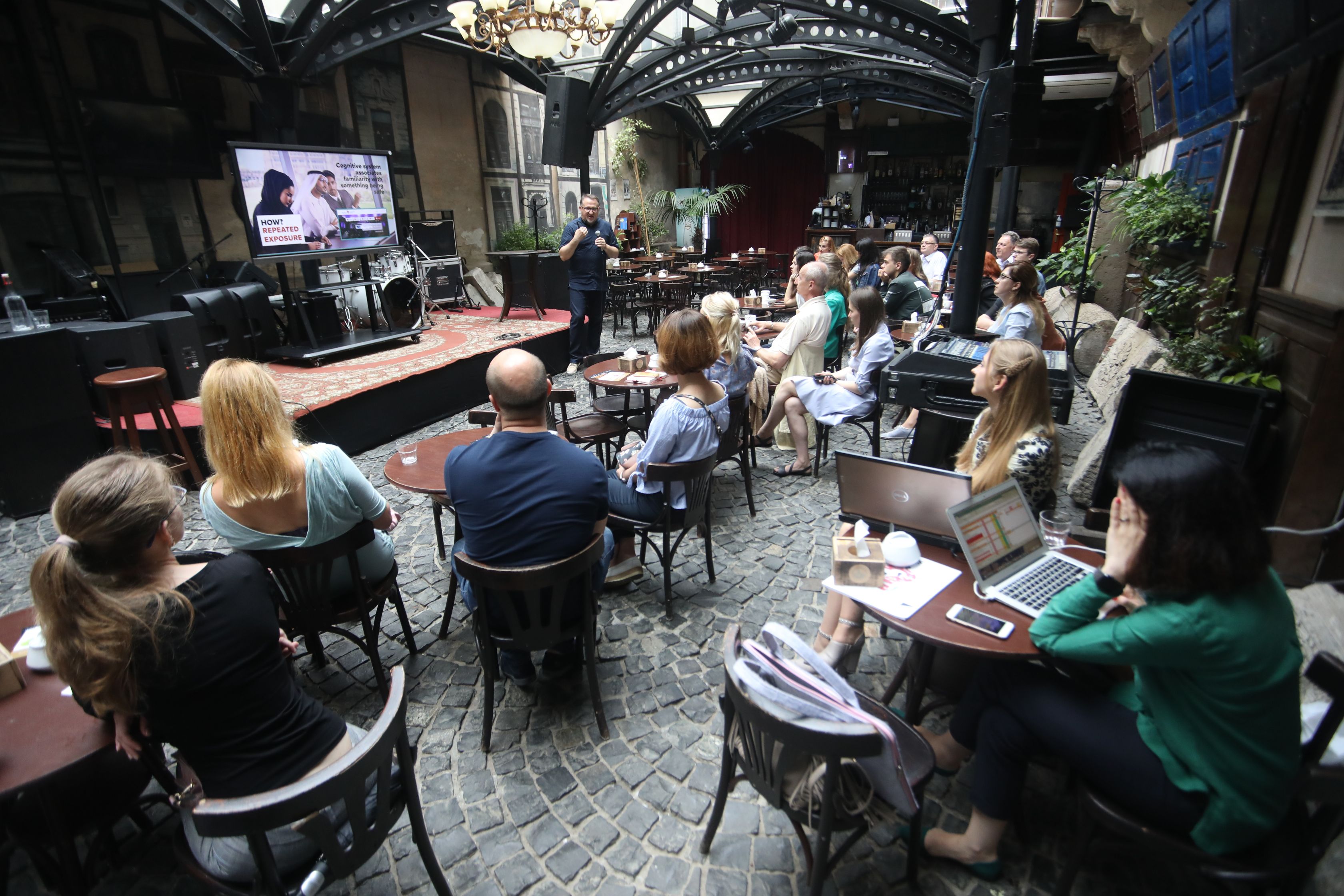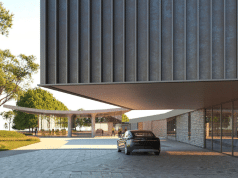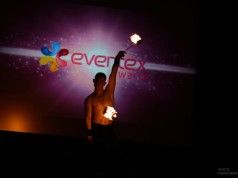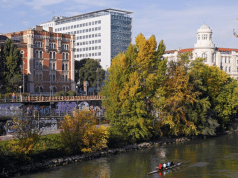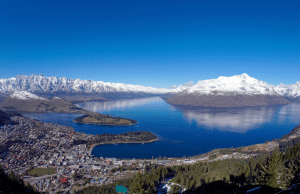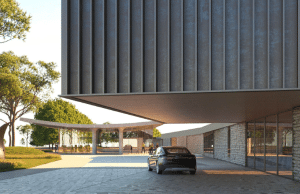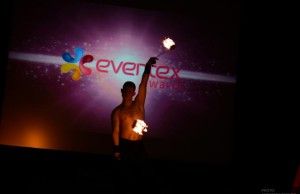Love at third sight is a typical phenomenon when it comes to the countries of New Europe
From time to time, I like to return to my beloved debate about New Europe. I’m flattered that many colleagues have adopted the term, used as a more human way to describe Eastern Europe. Truth be told, I wasn’t really the first person to use this geographical term. It was actually the legendary Jure Apih, the man behind the first advertising festival in New Europe, Golden Drum. During transitional turbulence and the fall of the Berlin Wall, he understood the zeitgeist and saw the potential of a 4-million strong market that had just opened up to the West. He created an amazing festival full of authenticity and camaraderie, something we see less and less of in the marketing industry.
We started thinking about all of this quite late in our industry. Change only started to happen after international consulting conquerors proved that they were in it only for the cold hard cash rather than actual progress in the region. We had already discussed who wins the game in this industry in the long run. A lot of colleagues watched silently when individuals East of Ljubljana and Vienna taught them a lesson in professional event organisation. Despite the advantage of 10 years of development, we managed to develop our own knowledge and some successful projects putting us at the centre of Europe.
Time has not stopped. When I travel around the cities of New Europe, the limitless creativity that has not yet been able to fully spread its wings never ceases to amaze me. Almost all of the destinations in the New Europe region share this same kind of creativity and profundity. Well, except those that are drowning in the dilemma of summer tourist seasons and aren’t really thinking about MICE.
Take Sofia, Bulgaria for example. It’s not the most picturesque city at first sight, but it got under my skin and I absolutely adore it. Love at third sight is a typical phenomenon when it comes to the countries of New Europe. There is a lot of stereotypes and this article would be far too long if we wanted to bust all of them. Sofia’s metro line is one of the cleanest and most orderly in Europe. Everything runs smoothly, getting 1.5 million people to work on time every day. The feeling of safety is the same as in any other large city. The airport is ultramodern and well connected to the new metro line. One could say that it’s too big for Sofia’s needs. Hotel capacities won’t be a problem, as there’s accommodation even for the most demanding guests. MICE is well developed and there is no lack of professional agencies. Special event venues range from interesting museums and luxurious palaces to cool industrial buildings. On top of that, the food is excellent, the locals immensely hospitable and everything is bundled in a very wallet-friendly package.
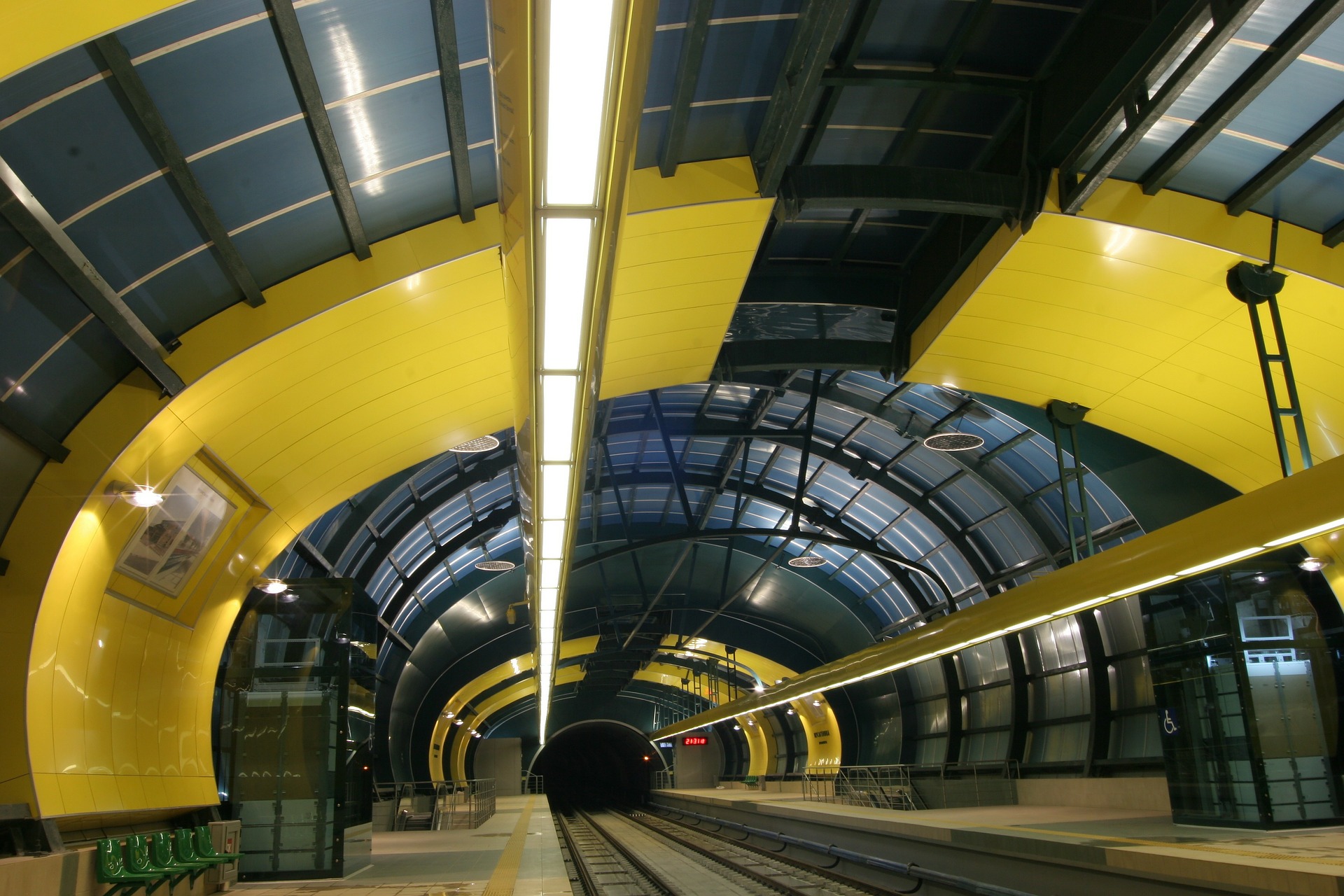
So where is the problem? Why don’t more New European cities make this kind of progress and start living up to their potential?
The first reason lies in the problematic anchoring of information about the region. Negative presumptions are anchored in people’s minds. With every study that we conduct for different New European destinations, these negative stereotypes start to show. The usual ones are corruption, undemocratic leadership, cheap products, the grey economy and unfriendliness. In reality, hardly any of these are true.
It’s as if these cities are trapped in an analogue era, where the greatest marketing feat is a promotional brochure
The second problem is poor marketing and destination branding. The potential of these cities is not presented in a modern, appealing way. It’s as if these cities are trapped in an analogue era, where the greatest marketing feat is a promotional brochure. When I asked colleagues about what Sofia represents as a brand, I was left without an answer. Eagerly searching the web for more information doesn’t bear any fruit either. You can’t ask meeting planners to figure that question out on their own.
The third problem is not really a problem, but a challenge. The challenge of connecting destinations, which is easy to tackle if there is a critical mass of people who believe in your product. Nowadays, building connections is not limited to just Convention Bureaus, but also more creative digital platforms. In Sofia, there is not really a serious Convention Bureau that could connect providers and showcase them to the international market. This function was entrusted to the Bulgaria Convention Bureau, which is considerably financially malnourished for a serious breakthrough and problem-solving.
Finally, we also have to mention the lack of self-persuasion in destinations. If local providers don’t believe in the destination’s potential, how will the buyers? The storyline about what Sofia is and why you should organise a meeting there is not defined. Convince yourself before you start convincing others.
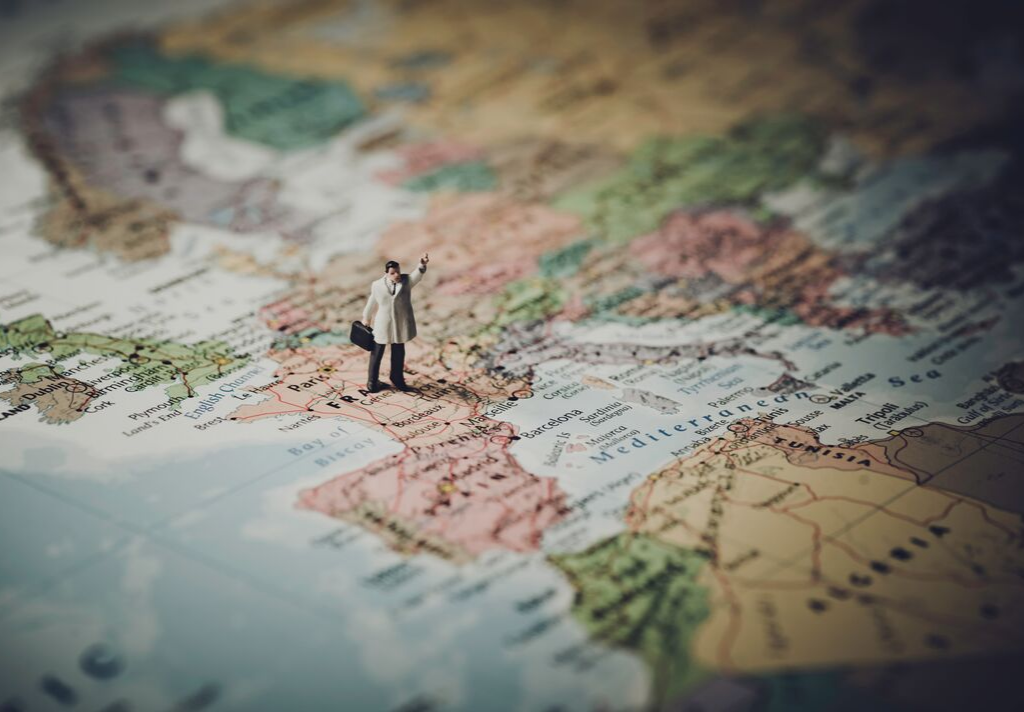
He who thinks New Europe is only a fad or a passing fancy couldn’t be more wrong. Today, the entire meetings industry knows that the countries of New Europe are on the rise and have no plan of stopping. Leading the way are the Czech Republic, Slovenia, Croatia, Slovakia, Serbia and Hungary. All the other countries are not far behind and are starting to catch up with the pace. They just need a big push when it comes to marketing and connections on a destination to destination level.
This is where Conventa Trend Bars come in. Their goal is to create a platform for exchanging knowledge and connecting destinations of New Europe. If destinations are not in this together, there is no chance of success. This year, we managed to connect over 500 meeting planners in 15 cities, something we are extremely proud of.
